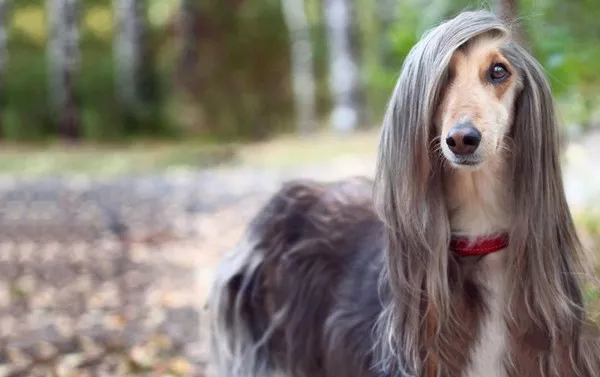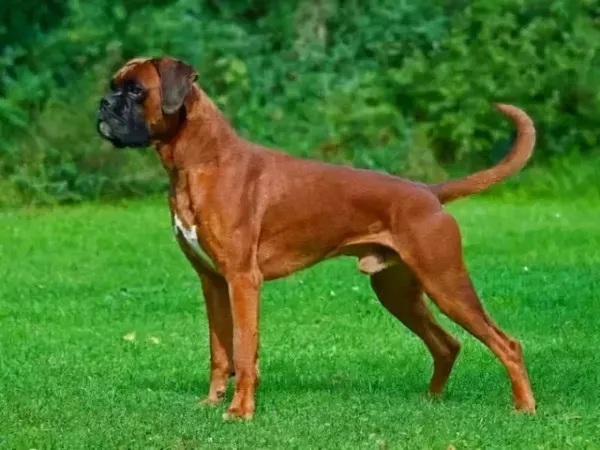Basset Hounds are renowned for their distinctive droopy ears, sad-sack expressions, and lovable demeanor. However, one characteristic that many owners struggle with is shedding. While shedding is a natural process for dogs, it can be particularly noticeable in Basset Hounds due to their short, dense coat. In this comprehensive guide, we will explore the habits of Basset Hounds related to shedding, factors that contribute to their shedding, and practical strategies to manage and reduce it effectively.
Understanding Shedding in Basset Hounds
1. The Nature of Shedding
Shedding is a normal physiological process that allows dogs to lose old, damaged, or unhealthy fur, making way for new growth. In Basset Hounds, this process can be influenced by several factors, including genetics, environmental conditions, and seasonal changes. While it may not be possible to eliminate shedding entirely, understanding its nature is the first step toward managing it.
2. The Basset Hound Coat
Basset Hounds have a short, dense, and coarse coat that provides insulation and protection. Their fur consists of two layers: the outer layer, which is longer and harsher, and an undercoat that is softer and fluffier. This double-layered coat is effective for temperature regulation but can contribute to the visible accumulation of loose hair in your home.
3. Seasonal Shedding Patterns
Like many breeds, Basset Hounds tend to shed more during specific seasons, particularly spring and fall. This phenomenon, often referred to as “blowing coat,” occurs as dogs transition between their lighter summer coat and thicker winter coat. During these periods, owners may notice an increase in shedding, which can be frustrating.
4. Factors Influencing Shedding
Several factors can affect the amount of shedding in Basset Hounds:
Health: Poor nutrition, allergies, skin infections, and underlying health conditions can lead to excessive shedding. Regular veterinary check-ups can help identify and address these issues.
Diet: A balanced diet rich in essential fatty acids, vitamins, and minerals can promote healthy skin and fur. Poor nutrition can lead to dry skin and increased shedding.
Stress: Environmental stressors, such as changes in routine, moving to a new home, or introducing new pets, can cause stress and anxiety in dogs, leading to increased shedding.
Age: As dogs age, their coat may become thinner and less resilient, resulting in increased shedding.
Effective Strategies to Manage Shedding
While it is impossible to stop shedding entirely, there are numerous strategies you can implement to reduce it significantly and keep your Basset Hound’s coat healthy and manageable.
1. Regular Grooming
One of the most effective ways to manage shedding is through regular grooming. Here are some grooming techniques specifically for Basset Hounds:
Brushing: Invest in a high-quality brush designed for short-haired dogs, such as a rubber curry brush or a bristle brush. Aim to brush your Basset Hound at least once a week, and more frequently during shedding seasons. Brushing removes loose fur, dirt, and debris, while also distributing natural oils across the coat.
Bathing: Regular baths can help reduce shedding by removing dead fur and dander from the coat. Use a mild, dog-friendly shampoo that won’t strip the skin of its natural oils. Bathe your Basset Hound every 6-8 weeks, or as needed based on their activity level and coat condition.
De-shedding Tools: Consider using de-shedding tools such as undercoat rakes or de-shedding brushes. These tools are designed to reach deeper into the coat and remove loose undercoat fur.
2. Proper Nutrition
A well-balanced diet is crucial for maintaining a healthy coat. Here are some dietary tips to consider:
High-Quality Dog Food: Choose a premium dog food that lists meat as the primary ingredient and is formulated to meet your Basset Hound’s nutritional needs. Look for options that include omega fatty acids (like salmon oil) to support healthy skin and fur.
Supplements: If your dog’s diet lacks essential nutrients, consider adding supplements that promote skin and coat health. Fish oil supplements, for instance, can help reduce shedding and improve coat quality. Always consult your veterinarian before introducing new supplements.
Hydration: Ensure your Basset Hound has access to fresh water at all times. Dehydration can lead to dry skin and excessive shedding.
3. Regular Vet Check-ups
Routine veterinary check-ups are essential for identifying and addressing health issues that could contribute to excessive shedding. During these visits, discuss your Basset Hound’s shedding habits with your vet. They may recommend:
Skin Tests: If allergies or skin infections are suspected, your vet may perform tests to determine the underlying cause of the shedding.
Allergy Management: If your Basset Hound has allergies, your vet can provide recommendations for managing them, which may include antihistamines or specialized diets.
Parasite Control: Fleas, ticks, and mites can cause significant skin irritation and shedding. Regular parasite prevention is key to keeping your dog comfortable and minimizing fur loss.
4. Managing Environmental Factors
Several environmental factors can impact shedding. Here’s how to manage them:
Climate Control: Basset Hounds are sensitive to temperature changes. Ensure your home maintains a comfortable temperature, especially during extreme weather conditions.
Stress Reduction: Minimize stress in your dog’s environment. Create a calm space with familiar toys and bedding. Gradually introduce any new pets or changes to their routine.
Cleaning Habits: Regular cleaning can help manage the appearance of shedding. Use lint rollers or pet hair vacuums to keep your home free of loose fur. Regularly wash your dog’s bedding and blankets.
5. Training and Behavioral Techniques
Training can also play a role in managing shedding. Here are some behavioral techniques to consider:
Desensitization: If your Basset Hound is anxious during grooming, gradually desensitize them by introducing grooming tools slowly and rewarding them with treats and praise.
Positive Reinforcement: Use positive reinforcement techniques to encourage calm behavior during grooming sessions. Reward your dog for staying still or being cooperative with treats or verbal praise.
Routine Establishment: Establish a regular grooming routine so your Basset Hound becomes accustomed to the process. Consistency can help reduce anxiety and improve cooperation.
6. Professional Grooming
If you find it challenging to manage your Basset Hound’s shedding on your own, consider seeking help from a professional groomer. Professional groomers can provide specialized care and grooming techniques to reduce shedding effectively. They can also recommend appropriate grooming products tailored to your dog’s coat type.
Recognizing Excessive Shedding
It’s important to differentiate between normal shedding and excessive shedding that may require further attention. Signs of excessive shedding include:
Bald Spots: If your Basset Hound develops bald patches or areas of thin fur, this may indicate an underlying health issue.
Skin Irritation: Redness, inflammation, or itching can be signs of allergies, infections, or parasites.
Persistent Hair Loss: If your dog continues to lose hair despite regular grooming and a healthy diet, it’s crucial to consult your veterinarian.
Conclusion
While Basset Hounds are prone to shedding due to their unique coat characteristics, there are numerous strategies to manage and reduce shedding effectively. By implementing regular grooming, providing proper nutrition, and ensuring regular veterinary care, you can keep your Basset Hound healthy and comfortable while minimizing the impact of shedding in your home.
Remember, shedding is a natural part of being a dog owner, but with the right approach, you can enjoy the love and companionship of your Basset Hound without being overwhelmed by fur. Through understanding, patience, and proactive management, you can maintain a happy and healthy environment for both you and your beloved pet.
Related Topics:






















